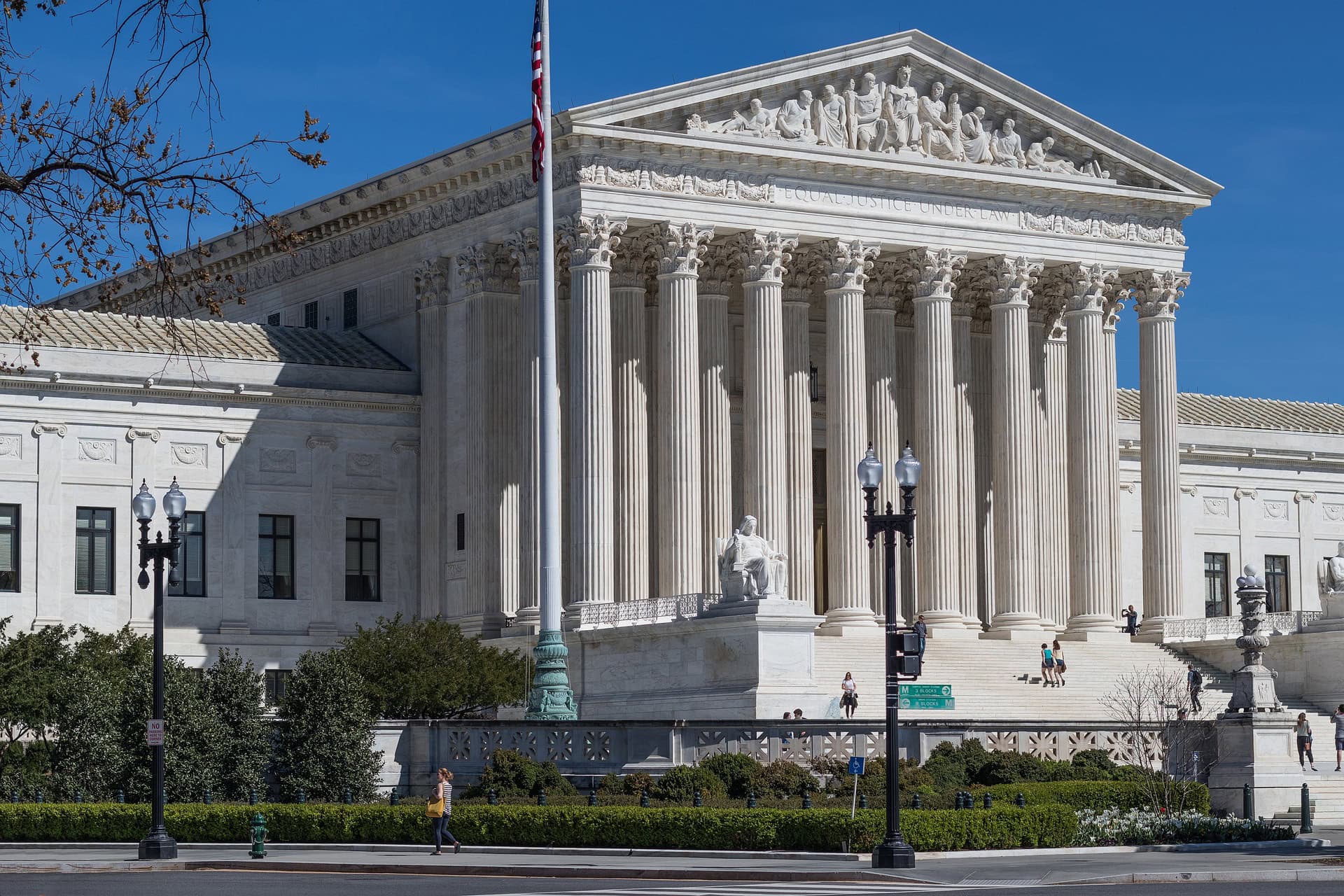The Legal Impact of Drag-Along Agreements on Founders, Investors, and Minority Shareholders
- Insights & News
- January 29, 2025
The Legal Impact of Drag-Along Agreements on Founders, Investors, and Minority Shareholders
Imagine you and a group of friends start a company together. Over time, you bring in outside investors to help grow the business. These investors provide the funding you need, but in return, they get a say in how the company is run. Now, fast forward a few years. The company has grown, and a big corporation offers to buy it for a significant amount of money. Everyone is excited, but there’s a problem: one of your original co-founders doesn’t want to sell. They believe the company has more potential and want to hold out for a better deal. What happens now? This is where a drag-along agreement comes into play.
A drag-along agreement is a legal provision that allows majority shareholders to force minority shareholders to join in the sale of a company. In simpler terms, if the majority of shareholders agree to sell the company, the minority shareholders are legally obligated to go along with the decision, even if they personally disagree. This might sound harsh, but it serves an important purpose. It ensures that a small group of shareholders can not block a deal that benefits the majority and the company as a whole.
In the world of startups and venture capital, drag-along agreements are especially important. Startups often have multiple classes of shareholders, such as founders, employees with stock options, and outside investors who hold preferred stock. Each group might have different priorities. For example, founders might be emotionally attached to the company and want to keep growing it, while investors might be looking for a quick return on their investment. A drag-along agreement helps align these interests by making clear everyone is on the same page when it comes to major decisions like selling the company.
Let’s go back to our example. Suppose your company has three co-founders: you, Sarah, and Mike. You also have a venture capital firm, TechInvest, as a major investor. TechInvest owns 60% of the company, while you, Sarah, and Mike each own 10%, and the remaining 10% is split among employees. If TechInvest decides to sell the company, they can use the drag-along agreement to force you, Sarah, Mike, and the employees to agree to the sale, even if some of you would prefer not to.
Types of Drag-Along Agreements
Drag-along agreements come in different forms, each designed to address specific situations that can arise in the life of a company. Let’s break down the two main types.
First Flavor: Preferred Investors Dragging Common Shareholders
In many startups, investors like TechInvest hold preferred stock, which often comes with special rights and privileges. One of these rights is the ability to drag along common shareholders—typically the founders and employees—when it comes to selling the company. Here’s how it works: if TechInvest, as the majority preferred shareholder, decides to sell the company, they can force you, Sarah, Mike, and the employees to agree to the sale, even if some of you would rather not.
This type of drag-along agreement is especially common in venture capital deals. It’s designed to prevent a small group of common shareholders from blocking a deal that the majority of investors believe is in the company’s best interest. For example, if TechInvest negotiates a $50 million acquisition offer, they do not want one co-founder holding out and demanding $60 million, potentially scuttling the deal. The drag-along agreement helps that everyone moves forward together.
The language in these agreements is usually straightforward. It might say something like: “If a majority of the preferred shareholders approve a sale of the Company, all holders of common stock shall be required to consent to the transaction and shall have no right to object, challenge, or otherwise impede the sale.” This gives the preferred investors the power to make decisions without being held hostage by minority stakeholders.
Historically, this type of drag-along agreement became more common after the early 2000s dot-com bubble burst. During that time, many startups were sold for less than their investors had hoped, and founders often resisted these sales because they wouldn’t receive any proceeds after the investors’ liquidation preferences were paid out. To avoid these conflicts, investors began insisting on drag-along provisions to push they could exit their investments when needed.
Second Flavor: Dragging Along Departed Founders
The second type of drag-along agreement deals with a different but equally tricky situation: what happens when a founder leaves the company but still owns shares? Let’s say Mike, one of your co-founders, decides to leave the startup after a disagreement. He still owns 10% of the company, and now he’s no longer involved in day-to-day operations. If the company later decides to sell, Mike might refuse to agree out of spite or because he has different ideas about the company’s future. This could create a major roadblock.
To prevent this, many companies include a drag-along provision specifically for departed founders. Under this agreement, if Mike leaves the company, his shares are automatically “dragged along” with the majority in any sale or major decision. In other words, Mike no longer has the power to block a deal. Instead, his shares are voted in proportion to how the other shareholders vote. For example, if 90% of the shareholders vote in favor of a sale, Mike’s shares will be counted as 90% in favor and 10% against, even if he personally disagrees.
The language for this type of agreement might look like this: “Upon the departure of any shareholder who was an original signatory to this agreement and held common stock at the time of its execution (a ‘Departing Shareholder’), all shares held by such Departing Shareholder, including common stock or any preferred stock acquired through conversion, shall be subject to a drag-along provision whereby they shall be voted in the same proportion as the aggregate vote of all other outstanding shares in any sale, merger, or liquidation event.” This assists that a departed founder can’t hold the company hostage or disrupt important decisions.
This second flavor of drag-along agreement has become increasingly popular in recent years, especially as startups face more complex dynamics between founders and investors. It’s a way to protect the company from the potential fallout of a founder’s departure, whether it’s due to personal differences, burnout, or other reasons.
Key Considerations and Negotiations
Let’s assume your company, which you co-founded with Sarah and Mike, has grown significantly. TechInvest, the venture capital firm that owns 60% of the company, is pushing for a sale to a larger tech company. You, Sarah, and Mike each own 10%, and the remaining 10% is held by employees. As founders, you’re emotionally invested in the company and want to make sure your voices are heard.
The size of your ownership stake plays a big role in how much drag-along terms matter to you. If you’re a small shareholder—say, you own just 1% of the company—your ability to influence the outcome of a sale is very limited. In most cases, a single small shareholder will not have much leverage to block a deal, even without a drag-along agreement. However, if there are many small shareholders like you, collectively holding a significant portion of the company, your combined influence could become a problem for the majority shareholders. This is why drag-along agreements are often included in term sheets—to prevent a fragmented group of small shareholders from derailing a deal.
But ownership isn’t the only factor. Where your company is incorporated also matters. Different jurisdictions have different rules about shareholder consent. For example, in California, a sale typically requires a majority vote from each class of shareholders (common and preferred). In Delaware, which is a popular state for incorporating startups, the rules are slightly different. There, a sale usually requires a majority vote of all shares on an “as-converted” basis, meaning preferred shares are treated as if they have been converted to common stock for voting purposes.
When negotiating drag-along terms, there is often room for compromise. One common approach is to align the drag-along rights with the majority of common stockholders rather than the preferred investors. In our example, this would mean that TechInvest could only force a sale if a majority of the common shareholders (you, Sarah, Mike, and the employees) also agreed. This gives the founders and employees more control over the outcome, while still making clear that the company can move forward if there is broad consensus.
Another strategy involves preferred investors converting some of their shares to common stock. This might sound counterintuitive, but it can actually benefit everyone. By converting preferred shares to common, investors can increase their voting power in a way that aligns with the common shareholders. For example, if TechInvest converts enough shares to common, they can help push through a sale that benefits both them and the common shareholders. This also reduces the overall liquidation preference, meaning there’s more money to go around for everyone in the event of a sale.
Negotiating drag-along agreements can get complicated, which is why having a good lawyer is a good idea. In our example, let’s say you hire a lawyer to negotiate the term sheet with TechInvest. During the discussions, your lawyer might push back hard against the drag-along provision, arguing that it limits your rights as a founder. While this might seem like they are protecting you, it could actually harm the company’s ability to secure funding or execute a sale down the line.
This is where conflicts can arise. If your lawyer is too focused on protecting your personal interests, they might overlook what is best for the company as a whole. For instance, if TechInvest walks away from the deal because they feel the drag-along terms are too weak, the company could lose out on critical funding. A good lawyer should strike a balance.
Practical Implications and Conclusion
Drag-along agreements come into play in situations where a company is being acquired, merging with another business, or going through liquidation. In these high-stakes moments, the last thing a company wants is for one or two shareholders to block the entire deal. Without a drag-along clause, even a single minority shareholder could refuse to sell, creating delays, legal battles, or even scaring off potential buyers.
For small shareholders—especially those who own only a fraction of the company—it’s important to recognize when a drag-along clause is actually worth fighting over. If you own just 1% of the company, your ability to stop a sale is already limited, even without a drag-along. However, if you and a large group of small investors collectively own 30% or more, then these provisions matter a lot more because together, you might actually have the power to influence a sale. In these cases, understanding the specific voting thresholds and how drag-along provisions are structured can make a real difference.
These agreements exist because different types of shareholders have different priorities. Preferred investors, usually venture capital firms, want flexibility when it comes to selling the company. They invested with the expectation of a strong return, and they don’t want a few dissenters standing in the way when the right buyer comes along. Common shareholders, including founders and employees with stock options, might have a different perspective. As mentioned earlier, founders are often emotionally attached to the company and may want to hold out for a better deal-or not sell at all. Employees who own stock may not be enthusiastic about a sale if it does not include meaningful payouts for them. In most cases, these agreements are structured to favor investors because they have more bargaining power. However, founders who understand their options can sometimes push for fairer terms that give them a stronger voice in the decision-making process.
If you’re a small shareholder, it’s worth asking yourself: Does this really affect me? If your ownership stake is tiny, there may be more important things to focus on in the negotiations. But if you hold a significant portion of common stock—especially as a founder—you should make sure the terms are fair and that you are not giving up too much control.
At the end of the day, drag-along agreements are designed to keep things moving when a sale is on the table. Whether that is a good thing or a bad thing depends entirely on your position. If you are an investor, you probably want strong drag-along rights to prevent holdouts from blocking a deal. If you are a founder or employee, you’ll want to make sure you’re not being forced into a sale under terms that do not work for you.
The best way to protect yourself is to read the agreement carefully, ask the right questions, and, if needed, negotiate better terms before signing anything. Once the deal is done, you’re bound by those terms—so make sure you know exactly what you’re agreeing to.

Handling Drag-Along Provisions with Confidence
- Our legal team provides expert guidance on structuring drag-along provisions that align with your company’s needs while protecting shareholder interests. Whether you need assistance drafting enforceable drag-along clauses, negotiating fair terms for minority shareholders, or ensuring compliance with jurisdictional requirements at the state level, we help simplify complex legal terms and prevent future disputes. Our approach ensures that sales and exits happen smoothly, without unnecessary roadblocks from minority holdouts
- For investors, founders, and minority shareholders alike, understanding drag-along agreements is critical to safeguarding your rights and financial outcomes. From structuring drag-along provisions that balance control with fairness to advising on founder exit scenarios and shareholder voting rights, we provide the clarity and strategic insight needed to navigate high-stakes transactions. Whether you are negotiating new investment terms or preparing for an acquisition, we ensure that your agreements are airtight, equitable, and legally sound








